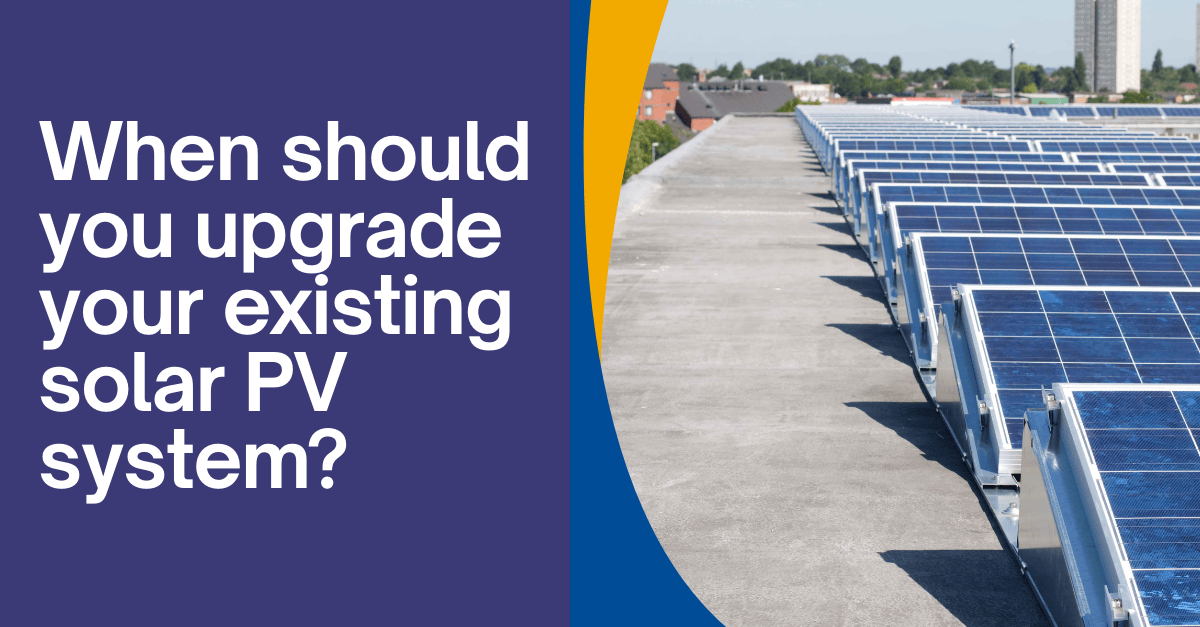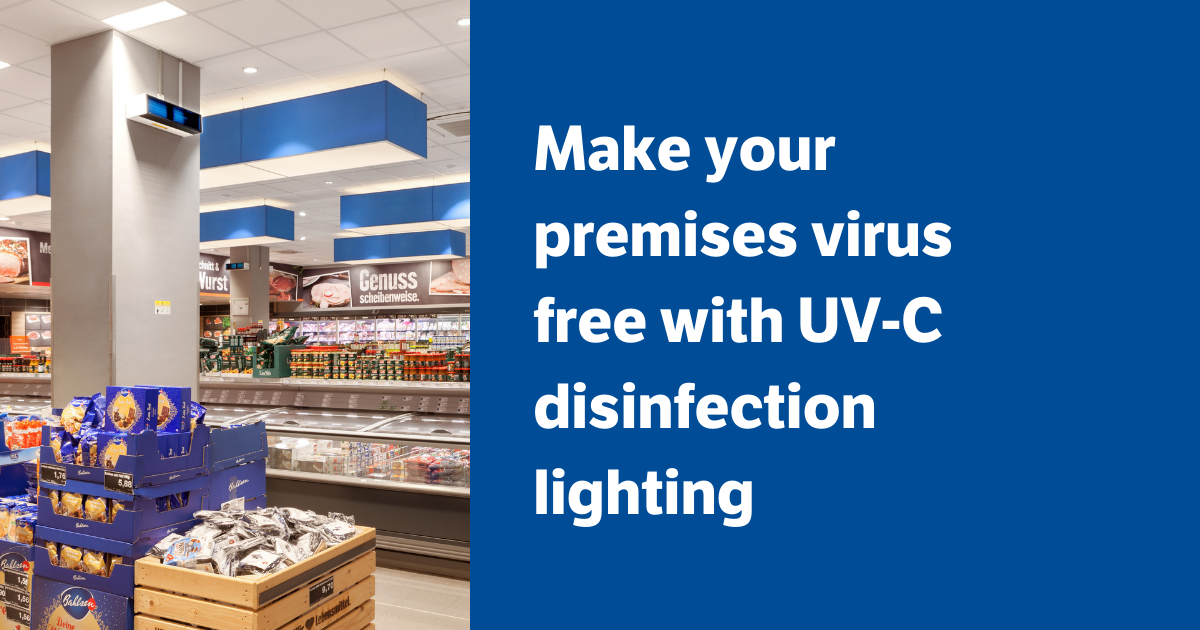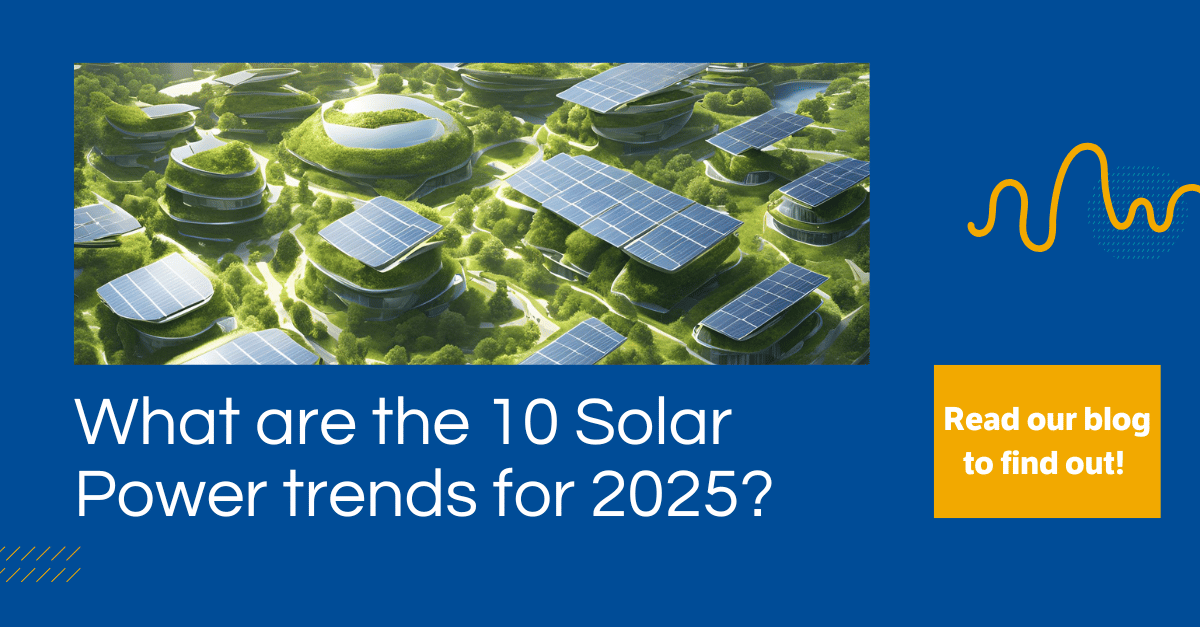Some forward-thinking businesses and schools will have made the leap into solar energy several years ago and will now be wondering if it is time to expand or upgrade their existing system. Such a move can unlock significant additional value if done at the right time, and in the right way. Whether you are a school, a logistics warehouse, a corporate HQ, or a sports stadium with high lighting loads, the drive for greater energy deeper efficiency, cost savings and carbon reduction is ongoing.
When should you consider an upgrade?
If you are thinking about an upgrade, there are a number of factors you should consider.
Electricity demand has increased in recent years – if your energy usage has grown since your solar system was installed—perhaps due to new machinery, HVAC upgrades, EV charging points, or extended operating hours—now could be a good time to reassess. Your solar array might no longer be covering your needs, meaning you’re pulling more energy from the grid than you really need to.
The original system is underperforming – inverter faults, shading issues, outdated panel technology or poor design can mean that you existing system is not operating to its full capacity. If you are monitoring energy usage data, you should be able to see a consistent drop in output compared to historical numbers. This could warrant further investigation and advice as upgrading specific components could yield better returns.
Your tariff structure has changed – such as demand charges or time-of-use rates can alter the benefit you are receiving from your system. Adding storage or smart controls that help to alter your consumption profile can improve ROI.
You want energy independence – some businesses and schools are now aiming for greater energy resilience, not just savings. If grid outages, instability, or geopolitical factors are a concern, bolstering your system with batteries or hybrid inverter technology—which combines the functions of a standard solar inverter and a battery inverter into a single device—is a logical next step.
You’re pursuing ESG or carbon goals – an expanding solar system can help meet sustainability targets without buying carbon credits. This can also improve stakeholder reporting and strengthen your brand positioning.
How to expand your solar system intelligently
It’s always worth getting a professional assessment before you start but below are a few considerations and options for you to discuss with your technical partner.
- Add more solar panels — but only after a site reassessment.
Don’t just assume that the original design needs to be copied or more panels added to it. Roof space, structural load and electrical infrastructure may have changed. Look at your current consumption profile and future projections. Modern panels are more efficient, so you might achieve much more from a smaller footprint than before. Ground-mounted or carport installations can also create value without touching existing structures. - Integrate battery storage.
Energy storage can transform your system from an energy generator to an optimised storage facility. Batteries allow load shifting, ‘peak shaving’ and can deliver backup energy during outages. They also enable participation in grid services (e.g. frequency response or demand-side response) that has the potential to provide additional revenue for your organisation.
Choose the battery size based on your consumption, not just generation, especially if you’re subject to time-of-use tariffs. And make sure your inverter is either hybrid-ready or plan for a separate battery inverter.
- Upgrade or replace your inverter.
Inverters are often the weakest link in ageing systems. If your inverter is over 10 years old, it’s likely underpowered and lacking the smart features available from modern inverters. Inverters now offer far better efficiency, diagnostics and integration options. Some can control batteries, EV chargers and heat pumps in a single ecosystem.
Choose inverters that support modular expansion, with multiple MPPT channels and smart grid compliance. This enables flexibility in how you scale up or reconfigure in future.
- Layer in smart energy measurement and management systems.
Adding generation is half the story. Without intelligent controls, there is the potential to miss out on savings. Energy management platforms connect solar, battery, EV, HVAC and metering into a unified dashboard, enabling demand-side optimisation in real-time.
This lets you automate decisions like when to charge batteries, when to export or how to pre-cool buildings before peak hours. Integrating building automation or IoT metering adds precision and opens the door to AI-based load forecasting.
- Consider grid export limits and DNO approvals.
Before any expansion, check your current export agreements. Adding more generation may breach your existing permissions. You may need to apply for a G99 (or amend your current one), particularly in areas with grid congestion. Batteries can help mitigate this by soaking up excess generation, but only if properly integrated.
Maximise value through strategic alignment
The real power comes not from bolting on more kit, but from aligning solar upgrades with your broader business goals. Are you planning to electrify your fleet? Will your operational hours increase? Are you expanding floorspace or adding cooling loads? Design your energy system with a 5–10 year view.
A poorly thought-out upgrade creates technical debt. A smart one transforms your energy profile and turns your site into a flexible asset that supports decarbonisation, cost control and operational resilience.
FAQs
- How can you tell if your solar PV system is underperforming?
Check for consistent drops in output through your monitoring system. Inverter faults, shading, or ageing panels are typical culprits worth investigating. - What are the benefits of integrating solar with EV charging infrastructure?
Combining solar with EV charging reduces grid dependency and aligns with net-zero transport goals—especially if paired with smart load management. - Do battery systems qualify for financial incentives in the UK?
Some schemes, like the Smart Export Guarantee (SEG), may apply if your system exports to the grid. Battery storage also enables participation in flexibility markets. - Can solar upgrades help meet ESOS or SECR compliance?
Yes, improved metering and generation data support more accurate reporting and can contribute towards required energy efficiency actions. - What role do IoT sensors play in solar system upgrades?
IoT devices enable real-time monitoring of consumption and generation, providing granular data that can optimise system performance and reduce wastage.







